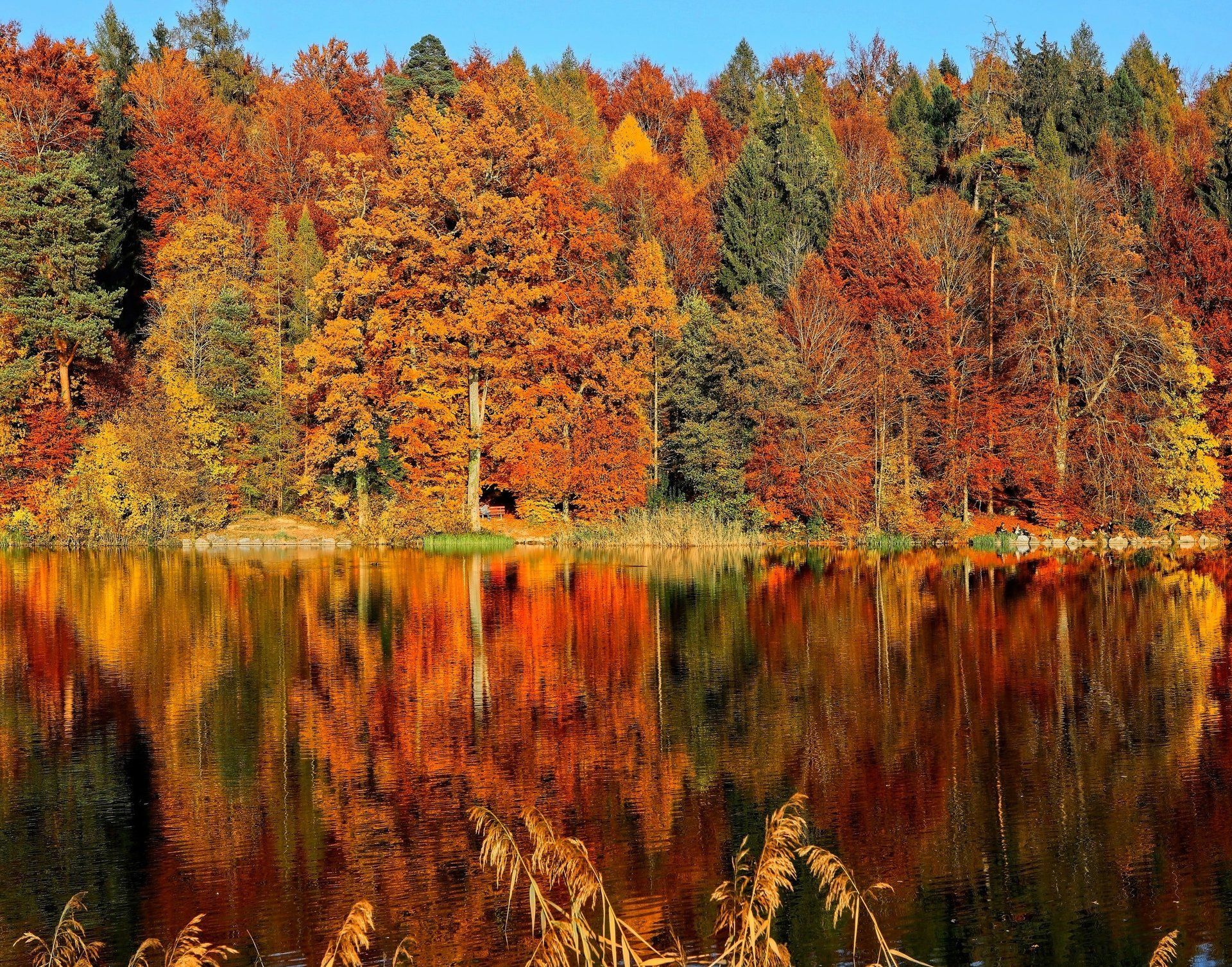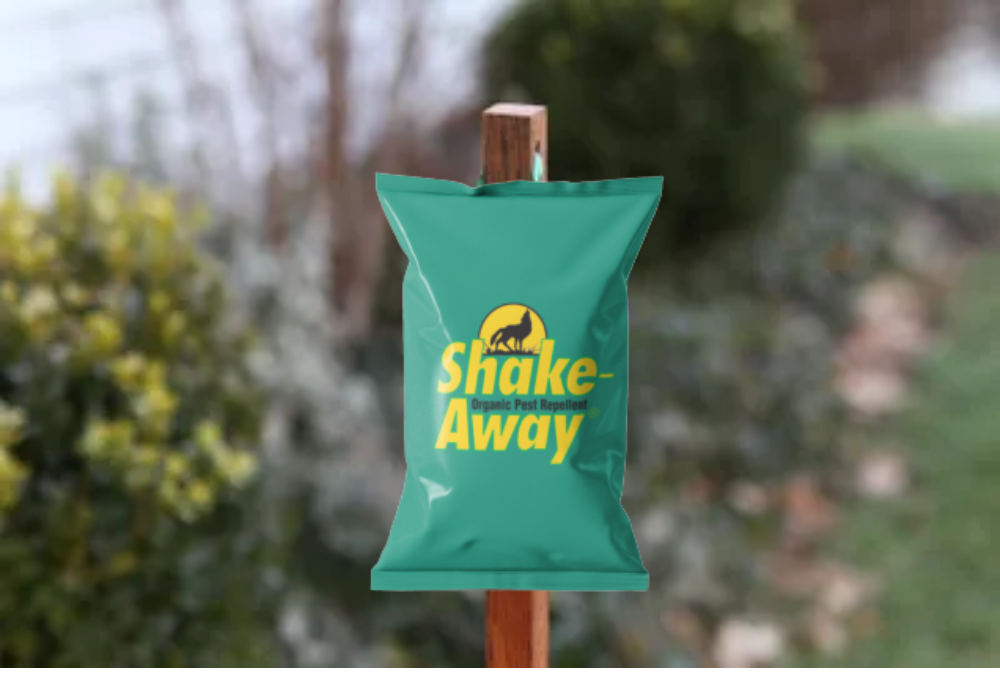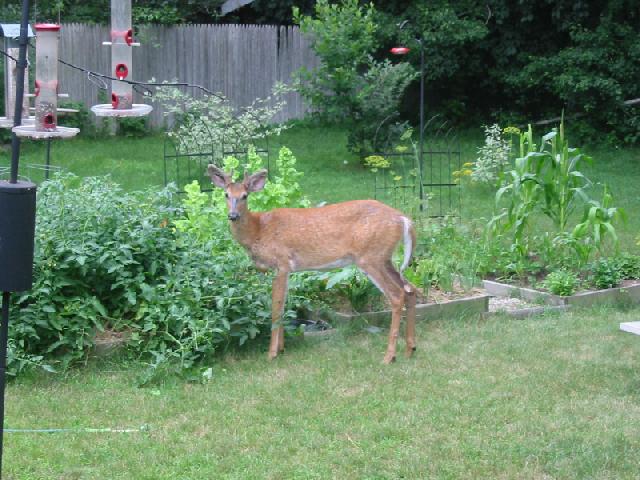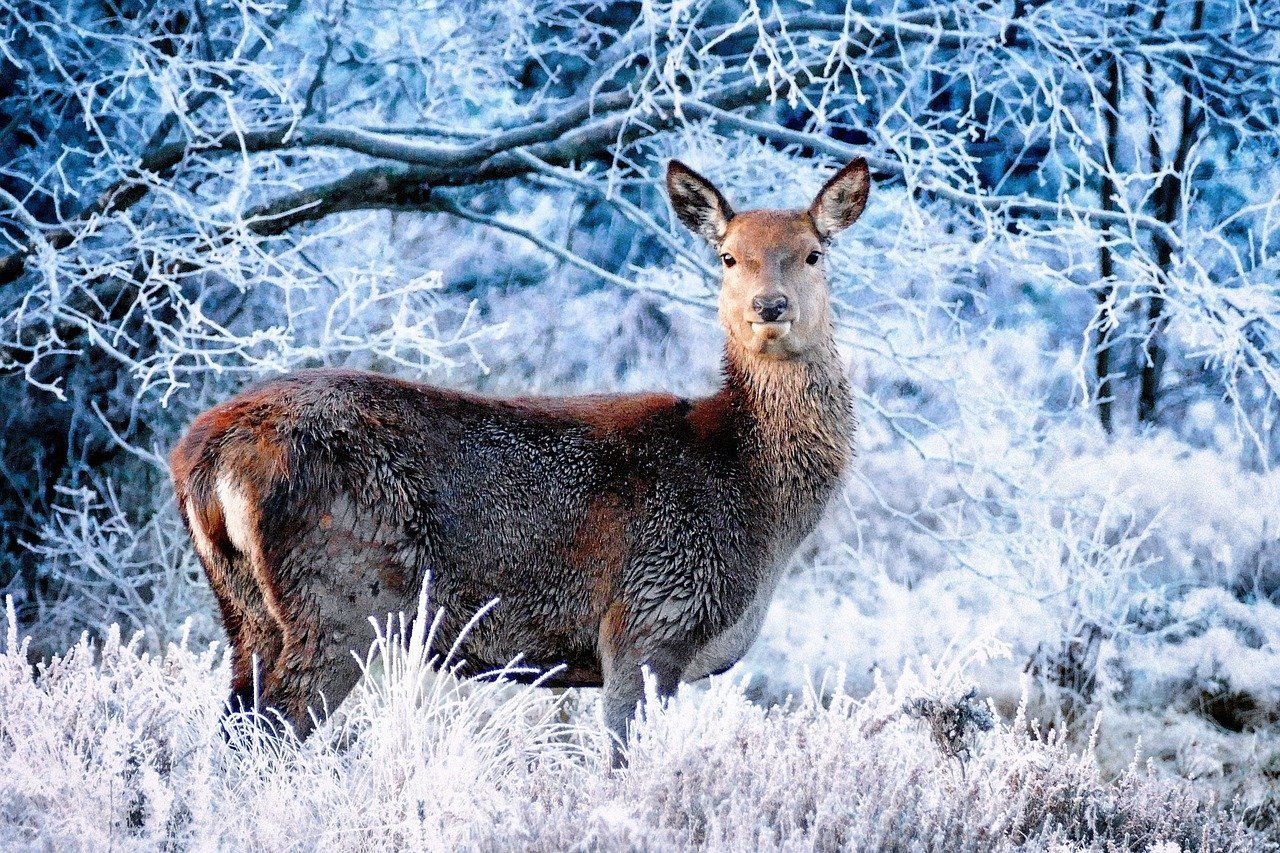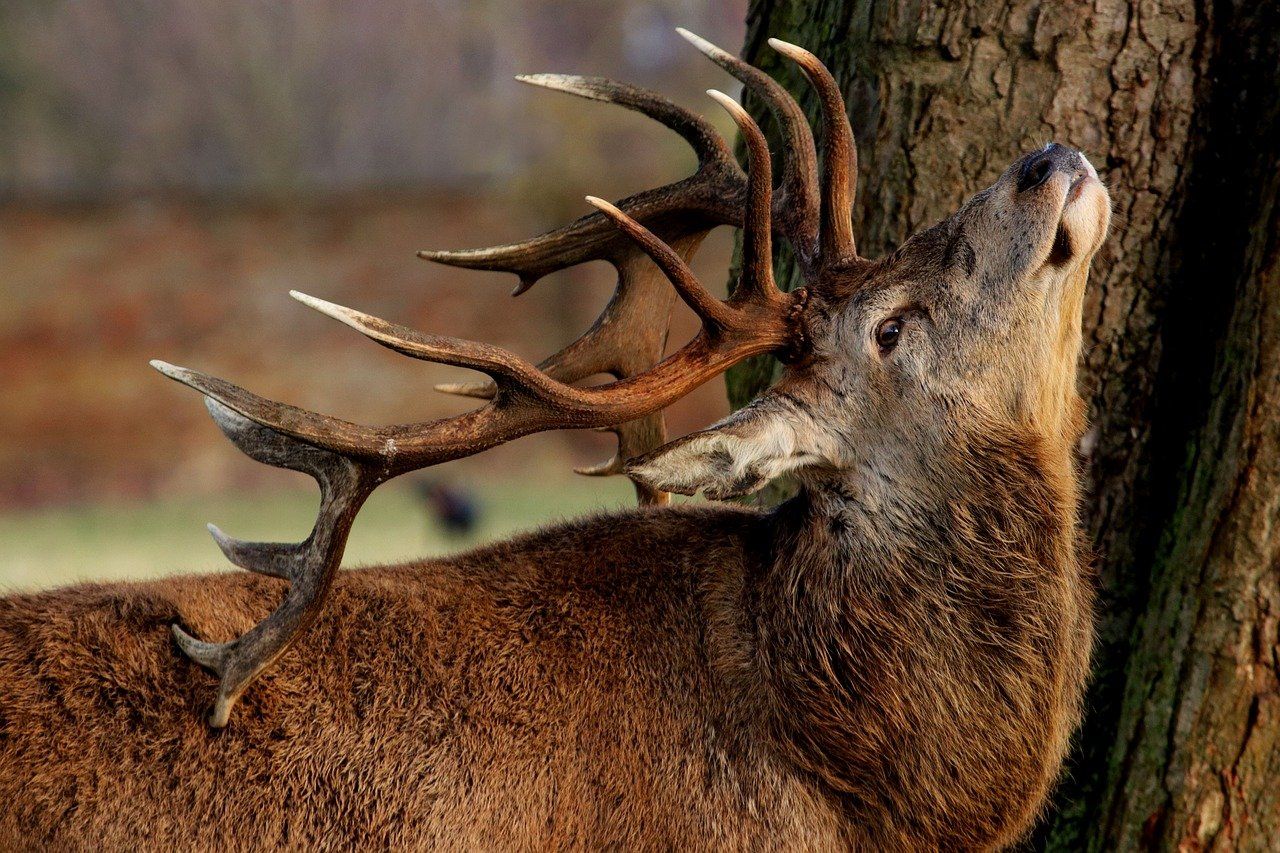Summer Deer Behavior & Its Impact On Your Garden
How to Stop Summer Time Deer Damage to Your Yard & Garden
Deer, regardless of variety, are truly graceful animals, Sleek and intriguing to watch, their generally docile personalities can be quite calming and soothing. The whitetail deer, the doe, in particular, starts to lose her gray-colored coat during the spring. In the summer, the coat starts to turn to a vibrant red. And to keep cool and well-fed, you’ll likely find these deer deep in thick forests where they can protect themselves from the heat while ensuring they have ample food supply. These wooded areas also provide critical protection for deer during summer storms.
Throughout the summer, female deer can be found feeding upon various plants and vegetation, including grasses, woody plants, herbs, mushrooms, and berries (if they can be found). Typical behavior for any deer is to eat more during the summer to help build up fat that can then be stored to get the deer through the harsher winter months.
As suburbia continues to infringe on deer territory, deer have become increasingly problematic for gardeners. Though each herd eats a bit differently, gardening with deer nearby will require patience and experimentation to ensure that your garden can remain intact. But mainly, it will require a willingness to be flexible in what you plant so that you don’t just turn into the deer’s personal vegetation supplier.
Strategies to keep deer out of your garden in the summer
One of the best ways to keep deer off your lawn and out of your garden during the summer is to plant deer-resistant garden plants. Though this may seem like a no-brainer, many gardeners don’t understand that some of those popular gardening plants (such as hosta) are a favorite to deer all over the world. Thankfully, there are many plants that you can add to your garden to keep those deer away.
An excellent first step in keeping the deer from grazing in your yard as they fill up in preparation for winter is to plant vegetation that will turn deer away. And before you purchase a plant to include in your garden, consider rubbing the foliage against your cheek. If you are a highly allergic person with outdoor allergies, this step might not be a wise choice. But if you can, try to feel for the texture of the plant. If you feel small bristles or any kind of texture on the leaves, the plant is probably a wise choice to keep your garden clear of deer. Deer don’t usually care for fuzzy textures in their mouth. Deer-resistant garden plants include:
- Ageratum
- Flowering tobacco (Nicotiana)
- Heliotrope
- Lambs ear (Stachys)
- Lady’s mantle (Alchemilla)
- Poppies
- Purple top vervain (Verbena bonariensis)
- Siberian bugloss (Brunnera)
- Tuberous begonias
- Yarrow (Achillea)
If you wish to protect your garden from deer so that they won’t eat your veggies , a great place to start is by adding a deer-resistant fence. While fences can be an expensive proposition, and you may feel that you have fenced yourself in rather than keeping something out, deer don’t generally jump over fences that are eight or more feet tall.
Stockade or cattle fences tend to work better than fences that deer can see through. Deer are intelligent creatures and if they see something they like on the other side, they will often be more strategic and willing to make the jump. But if they can’t see what is waiting for them on the other side, they might not be so daring.
Electric fences are another great solution, though you need to check with your local government to determine if this is an option for you. If your zoning regulations permit an electric fence, you may wish to consider hiring a company that specializes in these fences to ensure that you don’t harm yourself during the installation process.
There really is no fool-proof way to keep deer from foraging through your yard or garden as they try to fatten up for the coming winter. But combining a fence and some deer-repelling plants can go a long way. And if you’re still not satisfied with the results, you may want to try a 100% natural deer repellent that can be hung from a nearby tree or the post of your new fence.




